Practical Porsches have always had a hard time winning over the enthusiasts. The Porsche Cayenne SUV was given a hostile reception when it first appeared in 2002, and the same happened with the Porsche Panamera executive car in 2009. The latter model wasn’t welcomed with open arms, rather howls of derision.
The reaction owed mostly to the model’s ‘hunchback-911’ looks, although Porsche managed to improve on those quite significantly for the Panamera’s second generation. Introduced in 2016, this latest car has won over critics, not only in the style department but in many others, too.
There is a varied and powerful range of engines, for starters. On the petrol front, you can choose from an entry-level 325bhp 2.9-litre V6, a 621bhp 4.0-litre V8 (in the Turbo S), a 417bhp diesel or a selection of hybrids.
The 4S E-Hybrid mates a 2.9-litre V6 with an electric motor for a combined output of 552bhp. Needless to say it’s quick, and you can travel up to (a claimed) 33 miles on electric power alone.
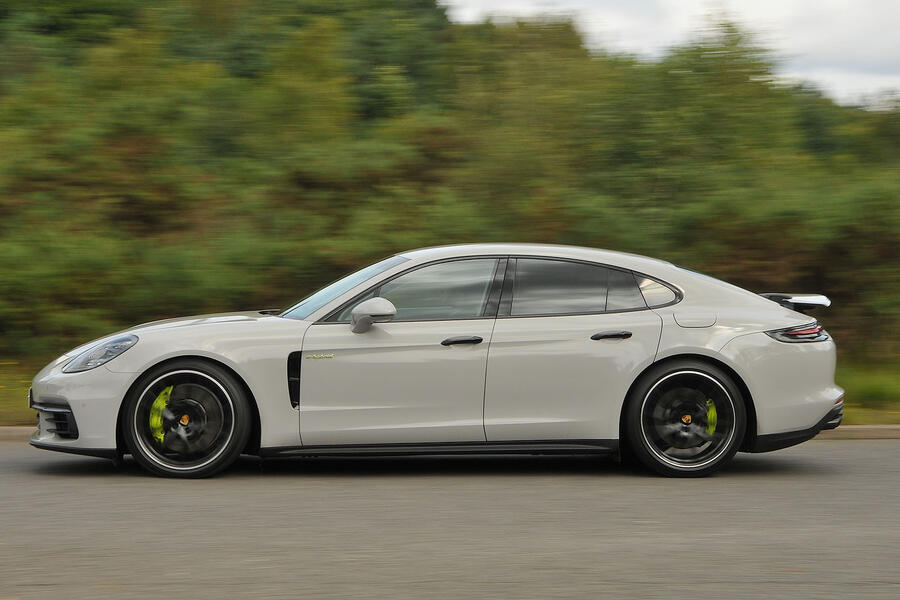
Go for the Turbo S E-Hybrid and that emission-free figure dips to 31 miles, but you get a lot more grunt. With a combined 680bhp from its V8 and electric motor, it has more power than an Audi R8 and McLaren Artura. Launch it and 0-62mph flashes by in 3.2sec. But how does the Panamera drive? Well, it’s impressive, and that’s without any caveats for being a big, heavy executive car.
The steering is weighty but direct and responsive, plus there’s seemingly endless grip. It’s wonderfully rewarding to drive, with excellent body control and balance. From new, you could even pay extra for a four-wheel steering system to improve agility.
Admittedly, the ride can be rather firm, but it’s always well controlled and never uncomfortable. The non-standard air suspension is your best option if you can stretch to it, but don’t worry if you find yourself with a car that has the standard set-up. It’s very nearly as good.

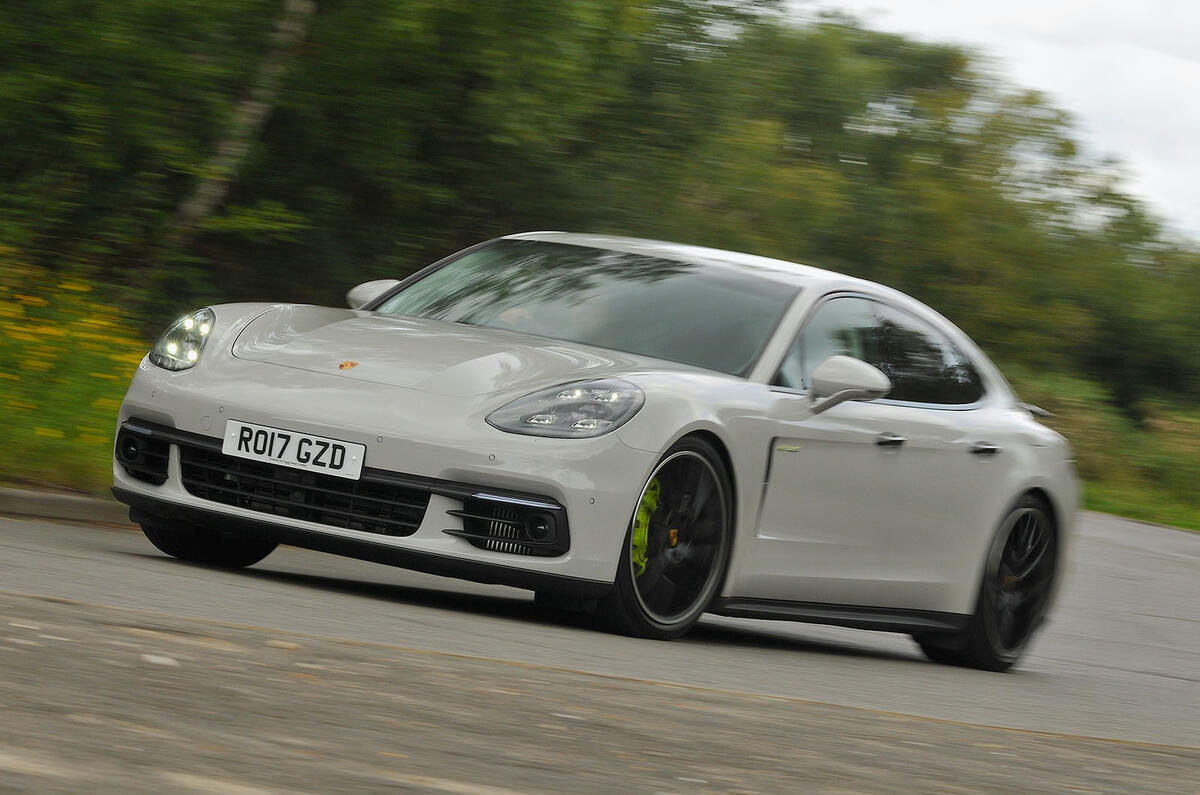





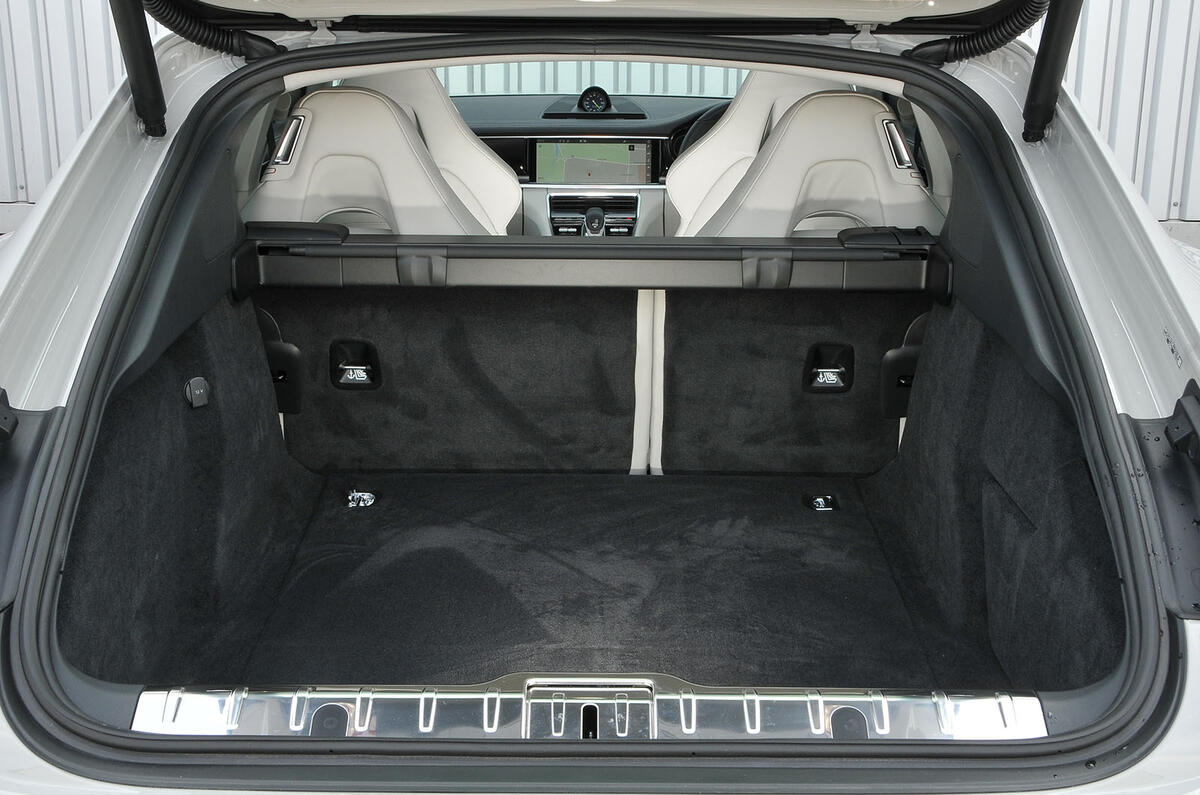














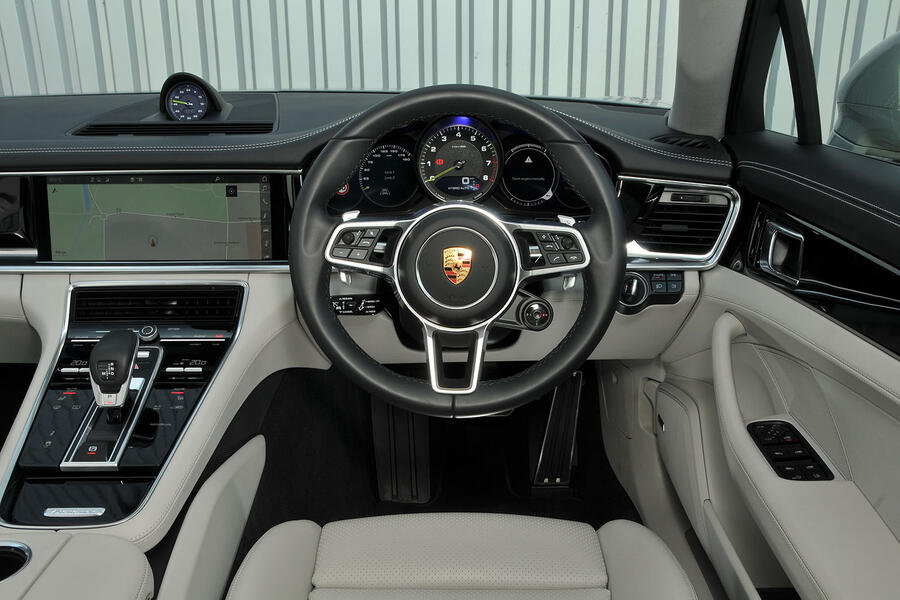
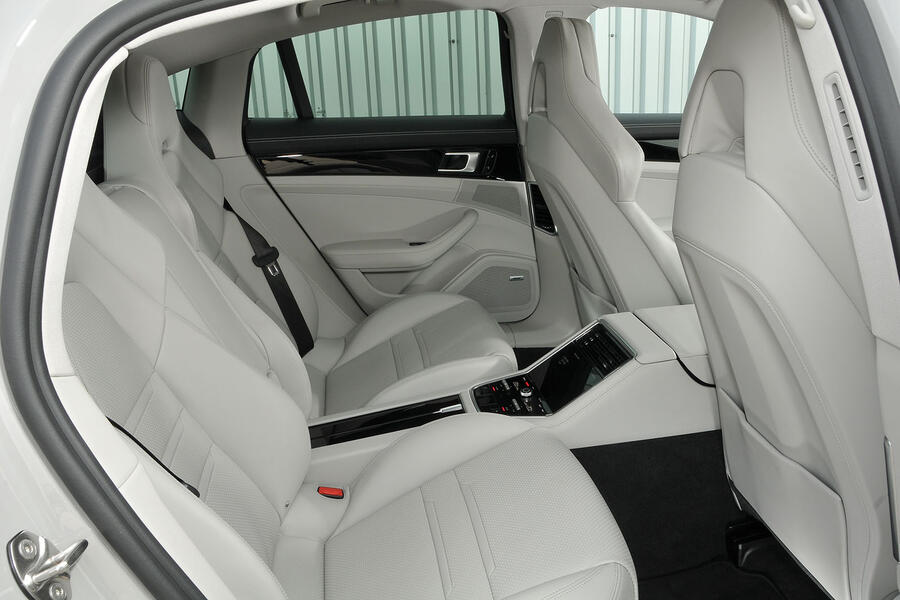
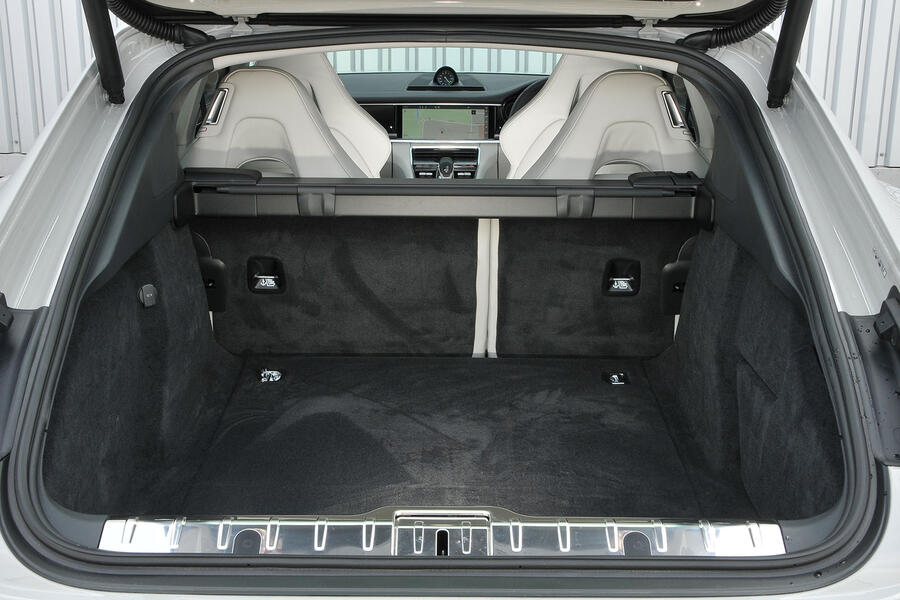


Join the debate
Add your comment
I am making a real GOOD MONEY ($550 to $750 / hr) online from my laptop. Last month I GOT chek of nearly 85000$, this online work is simple and straightforward, don’t have to go OFFICE, Its home online job. k30 You become independent after joining this JOB. I really thanks to my FRIEND who refer me this SITE…..,
>>>>>>> EarnCash7.com
When the used car market returns to normalcy, and Panny prices drop to reflect that, then they make a compelling used buy in that sector. But as the writer highlights, repairs and servicing costs should not be underestimated.